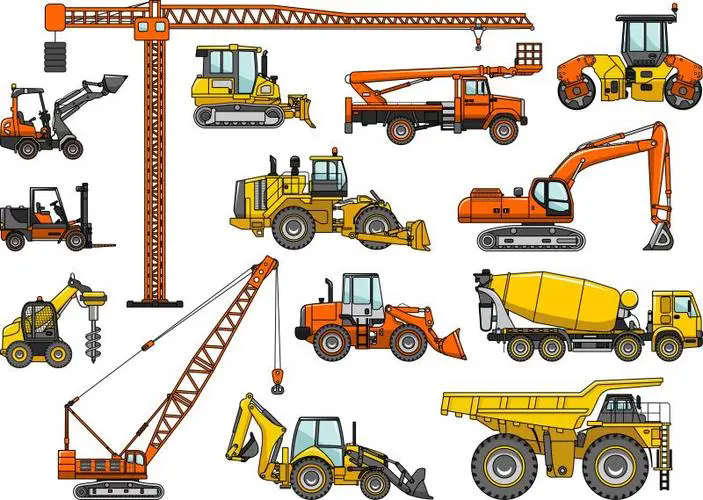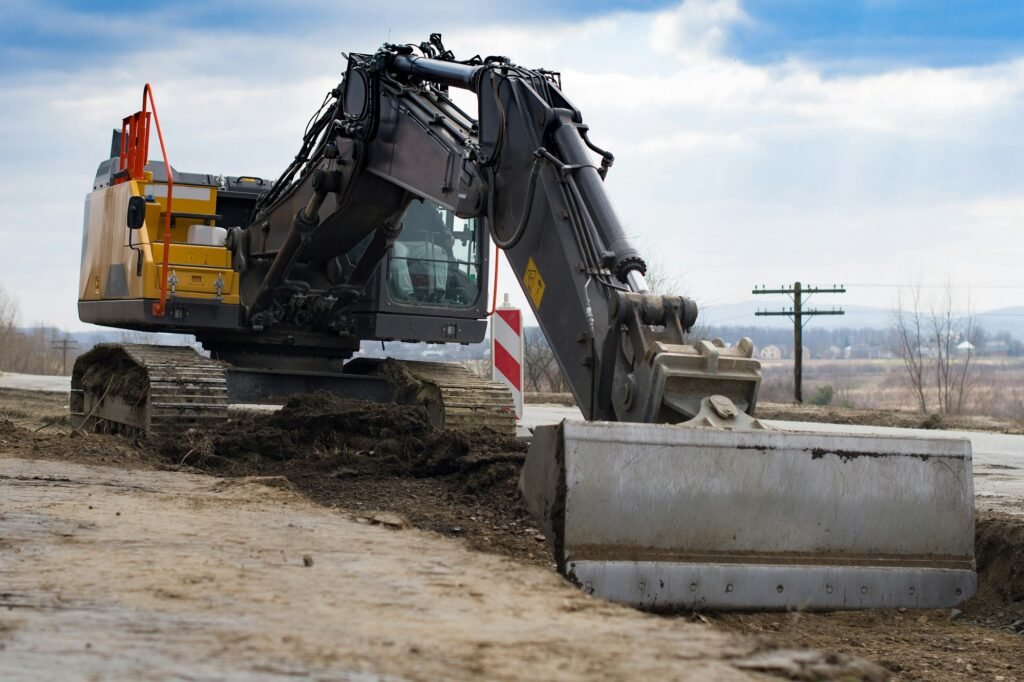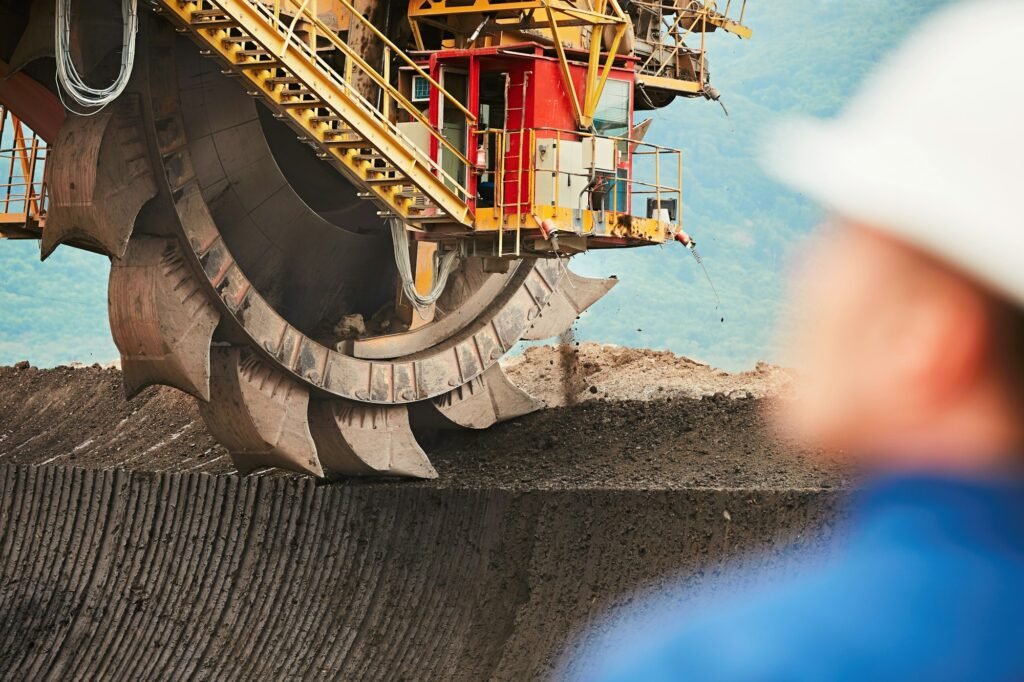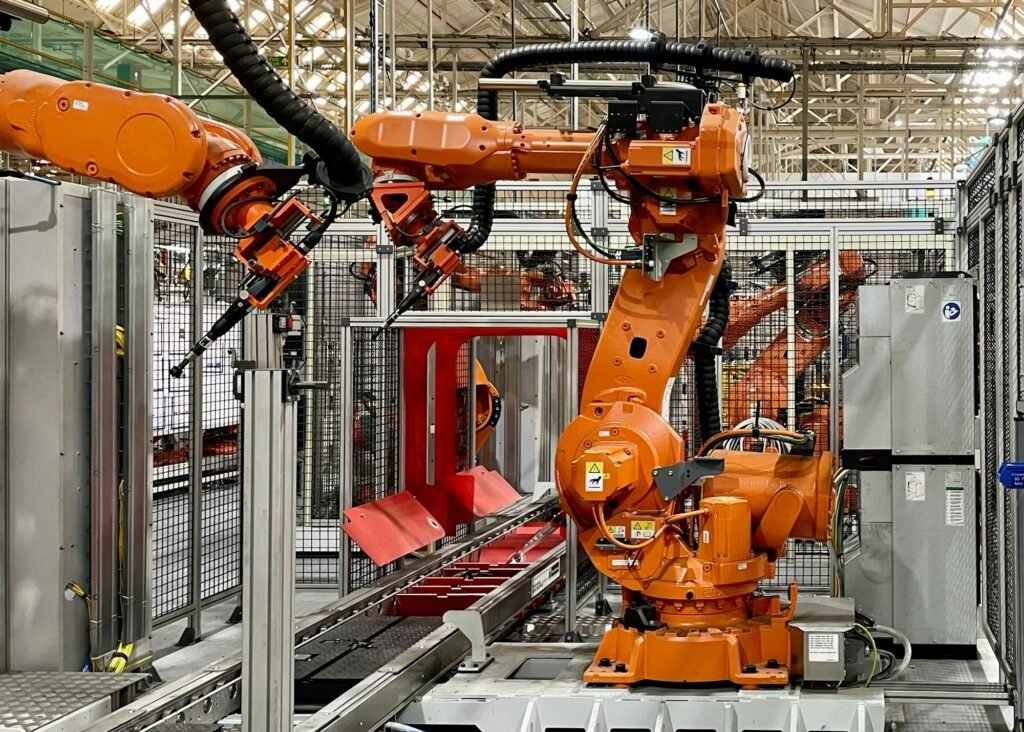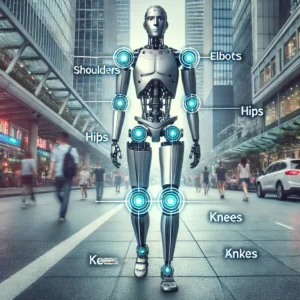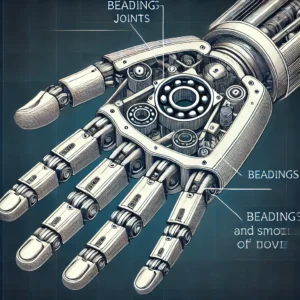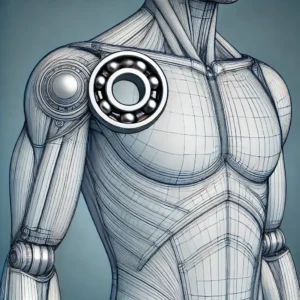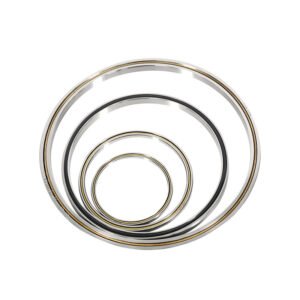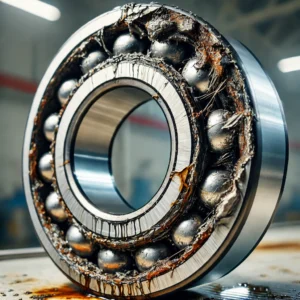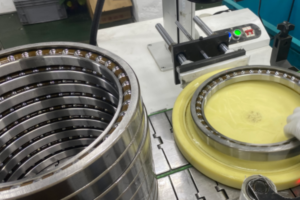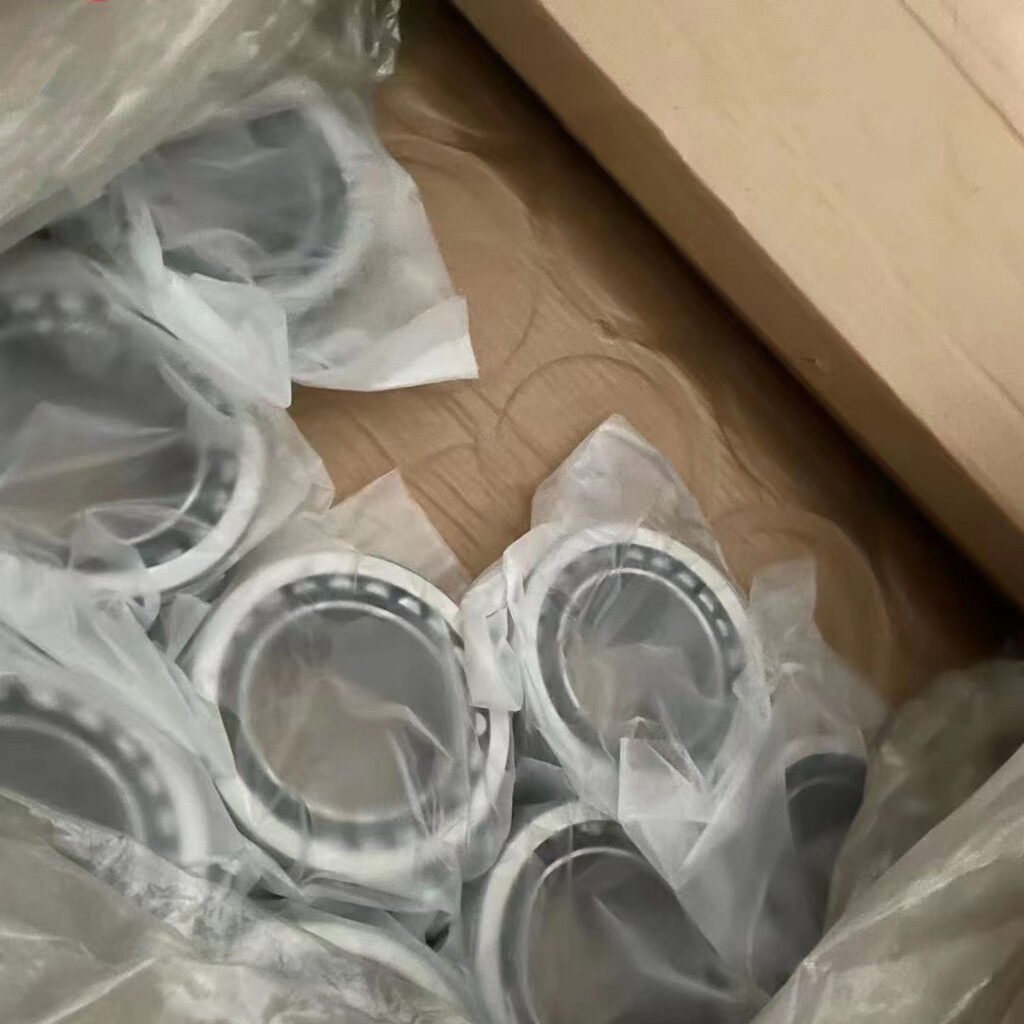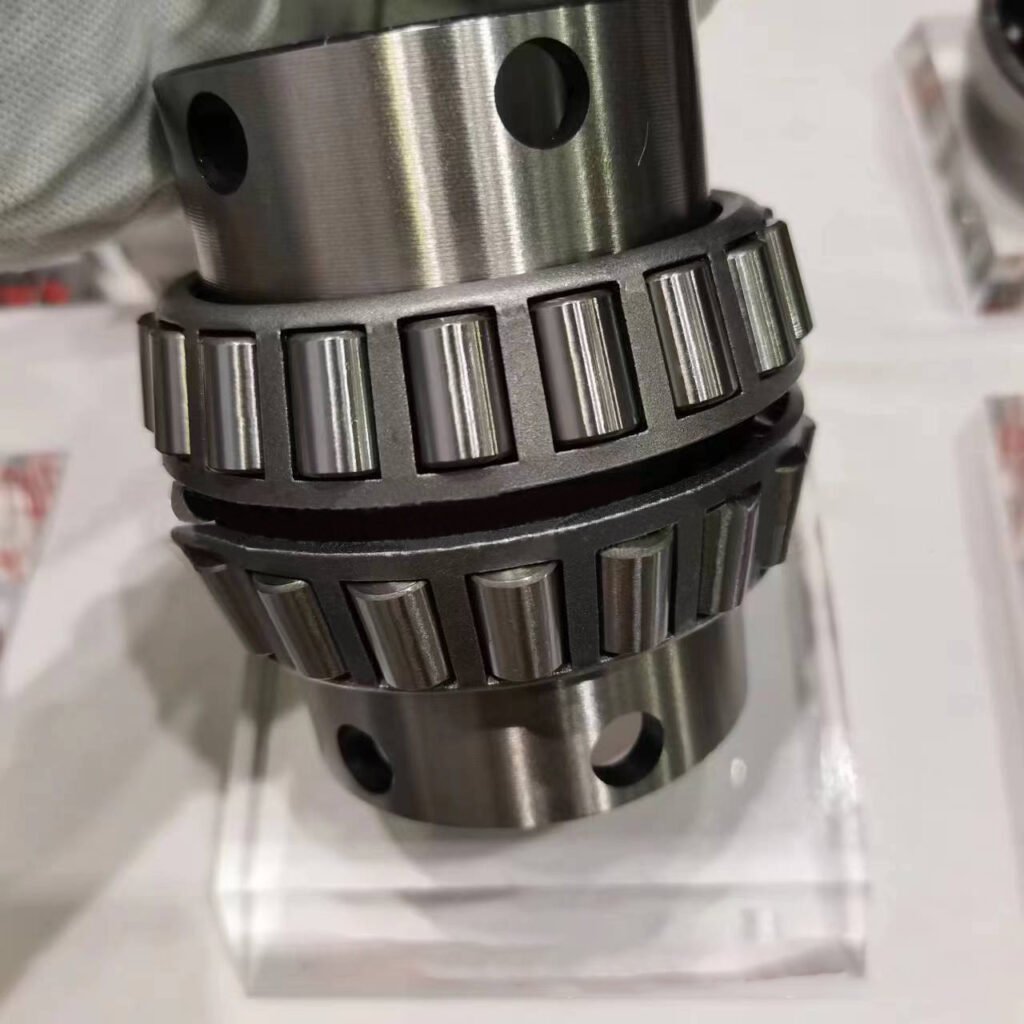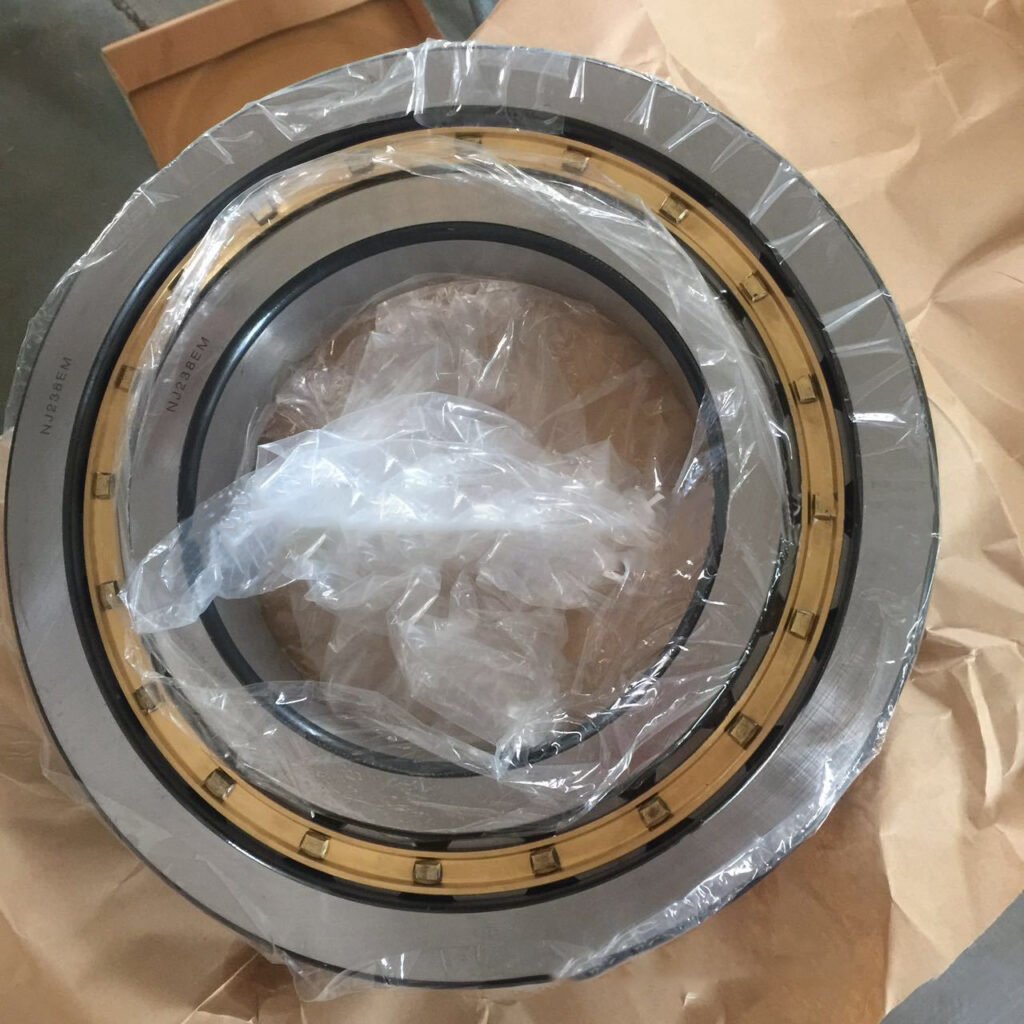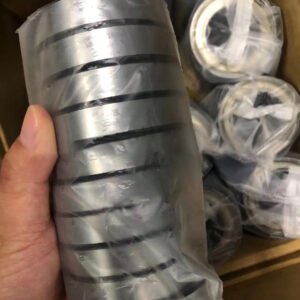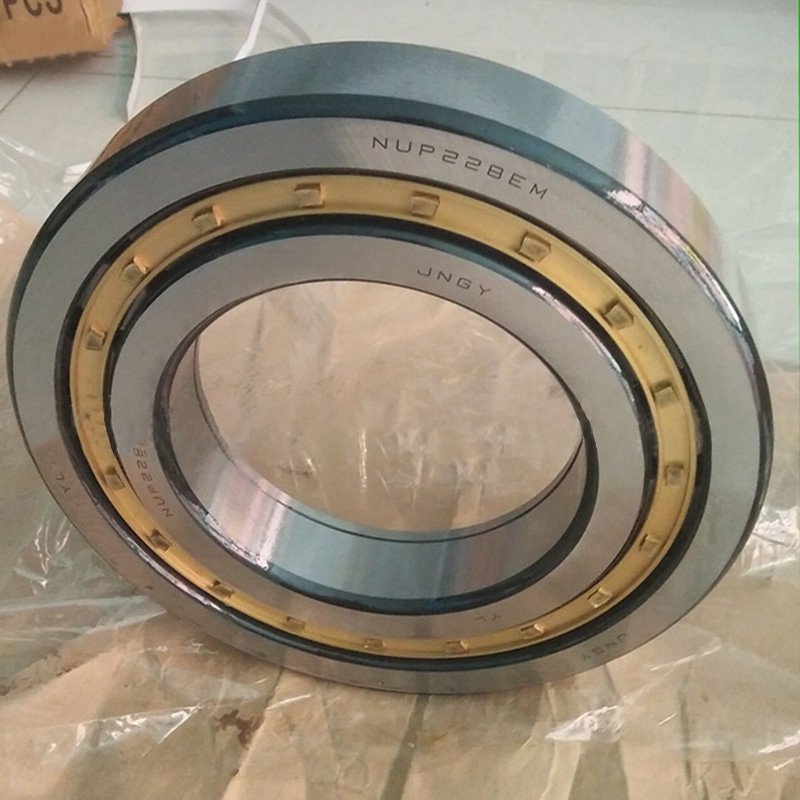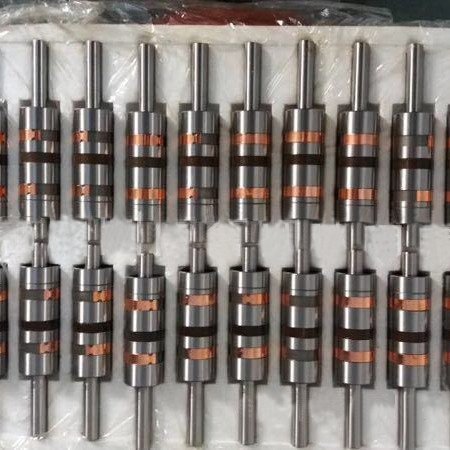Different rolling bearings have different characteristics and are suitable for various fields. How to choose the right bearing model from many bearing manufacturers’ catalogues? Maxwell, a bearing application engineer with 15 years of experience, will summarize the factors that should be considered in bearing selection from a technical point of view.

Select the bearing type according to the area and part of the mechanical equipment occupied by the bearing
We generally use ball bearings for small shafts, and roller bearings for large shafts. If the bearing diameter orientation is limited, generally we will choose needle bearings, extra light ball bearings or roller bearings; When bearings are limited in the axial part of the equipment, narrow or ultra-narrow series of ball bearings or roller bearings can be selected.
According to the load to select the bearing model, the load should be the most critical element that we should consider when choosing bearings
Roller bearings can withstand the load is relatively large, ball bearings are relatively small load, carburized steel bearings can withstand impact and vibration loads. When it is necessary to bear a pure radial load, you can choose thrust ball bearings, cylindrical roller bearings or needle roller bearings. When the axial load is relatively small, the thrust ball bearing can be selected; When the axial load is relatively large, the general choice of driving roller bearings. When bearings bear axial and radial loads at the same time, angular contact ball bearings or tapered roller bearings are generally selected.
Select the bearing type according to the aligning characteristics of the bearing
When the axis of the shaft is different from the axis of the bearing seat, or easy to bend or skew under pressure, the aligning ball or aligning roller bearing with excellent aligning function can be selected, and the outer ball bearing. This kind of bearing can ensure the normal working center when the shaft is slightly skewed or bent. The quality of the bearing aligning function is related to the different coaxiality it can have, and the larger the value, the better the aligning characteristic.
According to the stiffness of the bearing, select the bearing type
The elastic deformation of rolling bearings is not large, which can be ignored in most mechanical equipment, but in some mechanical equipment, such as machine tool spindle, bearing stiffness is a key factor;
Machine tool spindle bearings we generally choose cylindrical roller bearings or tapered roller bearings. Because these two types of bearings are point contacts when bearing loads, the rigidity is weak.
In addition, various bearings can also use preload to expand bearing stiffness. For example, angular contact bearings and tapered roller bearings, in order to improve the support stiffness, a certain axial force is usually increased in advance during assembly to make them clamp each other. It is especially emphasized here that the pre-tightening force should not be too large. Otherwise, it may expand bearing friction, increase temperature, and harm the service life of the bearing.
According to the bearing speed, select the bearing type
Generally speaking, under the working place with higher speed, it is suitable to choose angular contact bearings and cylindrical roller bearings; Tapered roller bearings can be used in low speed working places. Thrust ball bearing limit speed is low, only suitable for low speed places.
For the same type of bearing, the smaller the specification, the higher the allowable speed. When selecting the bearing type, pay attention to the actual speed to be less than the limit speed.
Conclusion
This paper lists the factors that should be paid attention to and considered when choosing the bearing model from a technical point of view, when you choose the bearing model, you can follow the recommendations of this article, but also consider the actual application of bearing environmental factors, such as: in the case of harsh environment, consider the sealing of the bearing, corrosion resistance, high temperature resistance and other factors.
When you can not decide the bearing type by yourself, you can also issue a consultation to the bearing manufacturer and request the help of professional bearing technical engineers.

